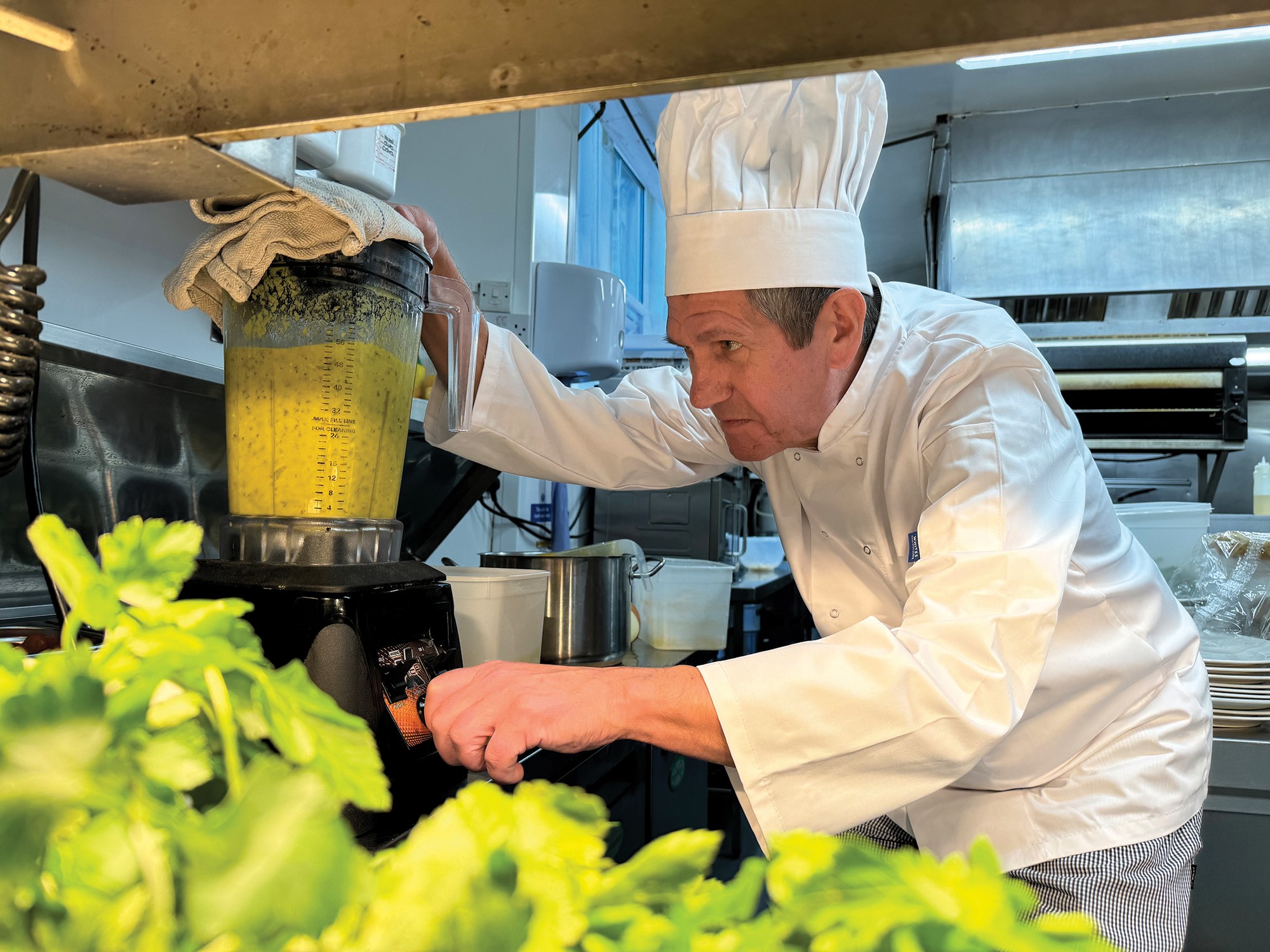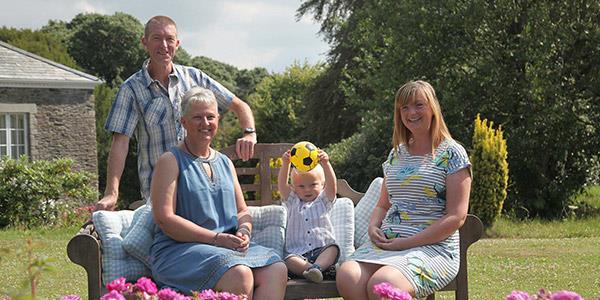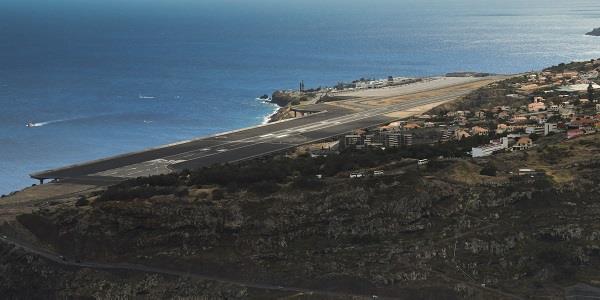
Madeira has been on the tourist map for decades, if not centuries. Famous past visitors include Sir Winston Churchill, who stayed at Reid’s Palace Hotel in capital Funchal and liked to visit (and repeatedly paint pictures of) Câmara de Lobos, the pretty fishing village near to Encosta Cabo Girão, which provided something of an antidote to his “black dog” of depression. George Bernard Shaw was another frequenter. Emperor Karl I and Empress Sissi of Austria found the Portuguese island much to their liking. And there were others, those who could afford it: attracted by the “Green Pearl of the Atlantic”’s year-round benign climate, spectacular scenery, gorgeous flora, and friendly welcome.

Those visitors of yesteryear came, naturally, by ship; and to this day Funchal remains a regular port of call for cruise liners (above) crisscrossing the Atlantic Ocean. (The passengers decanted from these great ships tend to be in a bit of a hurry – but as a holidaymaker at Cabo Girão you are under no such time pressure. Permission to feel just a little bit smug.)
But the island’s inaccessibility, which of course made it so exclusive, was a problem for Madeira’s government, which wanted both to increase visitor numbers and facilitate trade with mother country Portugal and the rest of the world. So an airport was built near Funchal, and opened in 1964.
Which wouldn’t normally make much of a story – but Funchal airport (at top) is a bit special.
There’s not a lot of Madeira that’s flat enough, or level enough, for long enough, to build a runway for aircraft – but a site was found, overlooking the Atlantic on one side and banked by mountains on the other. Not totally ideal, but usable. Excavation work took place to further flatten what was there naturally, and two 1,600m runways were built.
As time passed, and aircraft got bigger, the runway (now reduced to one, its original, parallel companion having proved problematically close to the surrounding hills) was extended to 1,800 metres. The extension was opened in 1986.
And proved short-lived. Planes were still getting larger, and more and more people wanted to visit the island. A further extension was called for – not just a sticking-plaster approach to the problem, but a lasting solution.
In 2000, the runway was again extended, this time to 2,781m – almost a kilometre longer. As landfill was not a viable option, the extension was built on a platform, jutting out over the ocean, held up by 180 columns, each about 70m tall. The extension, opened in 2002, was recognised worldwide as one of the most difficult to achieve due to the terrain and Madeira’s topography, and won Funchal the 2004 Outstanding Structure Award from the International Association for Bridge and Structural Engineering. And (below) you can see why.
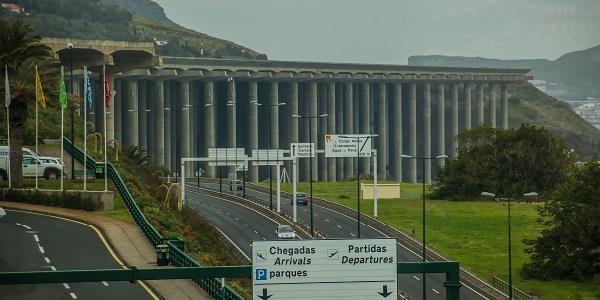
Today, Funchal airport is a busy place, handling well over three million passengers a year. Most are holidaymakers – like you – arriving and departing on medium-range narrow-body airliners like the Boeing 737 or the Airbus A320; but the airport can accommodate the wide-body Boeing 747 – the original Jumbo Jet. The mighty Airbus A380? Hmmm, maybe not!
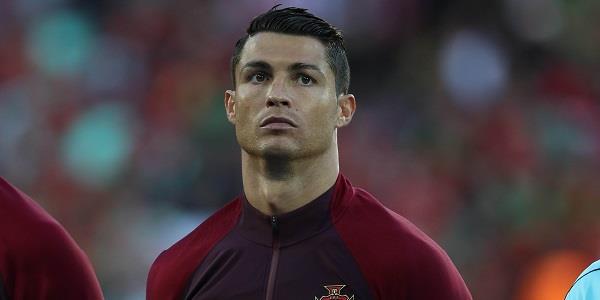
Though its daily comings and goings are a matter of routine, landing at, or taking off from, Funchal can be quite an experience; but should you need distraction, spare a thought for poor Cristiano Ronaldo (above), after whom the airport was renamed in 2017.
Madeira’s most famous son is arguably the greatest footballer of his generation; but is unarguably no stranger to vanity. Imagine, then, how he must have felt when he first saw the bust of himself (below) in pride of place in the terminal building.

The ‘likeness’ has apparently been removed recently – during the FIFA World Cup in Russia, when people’s attention was directed at the real thing – but the locals have launched a petition to bring it back.
And no wonder. If that doesn’t send you off on your travels with a smile on your face – what will?
